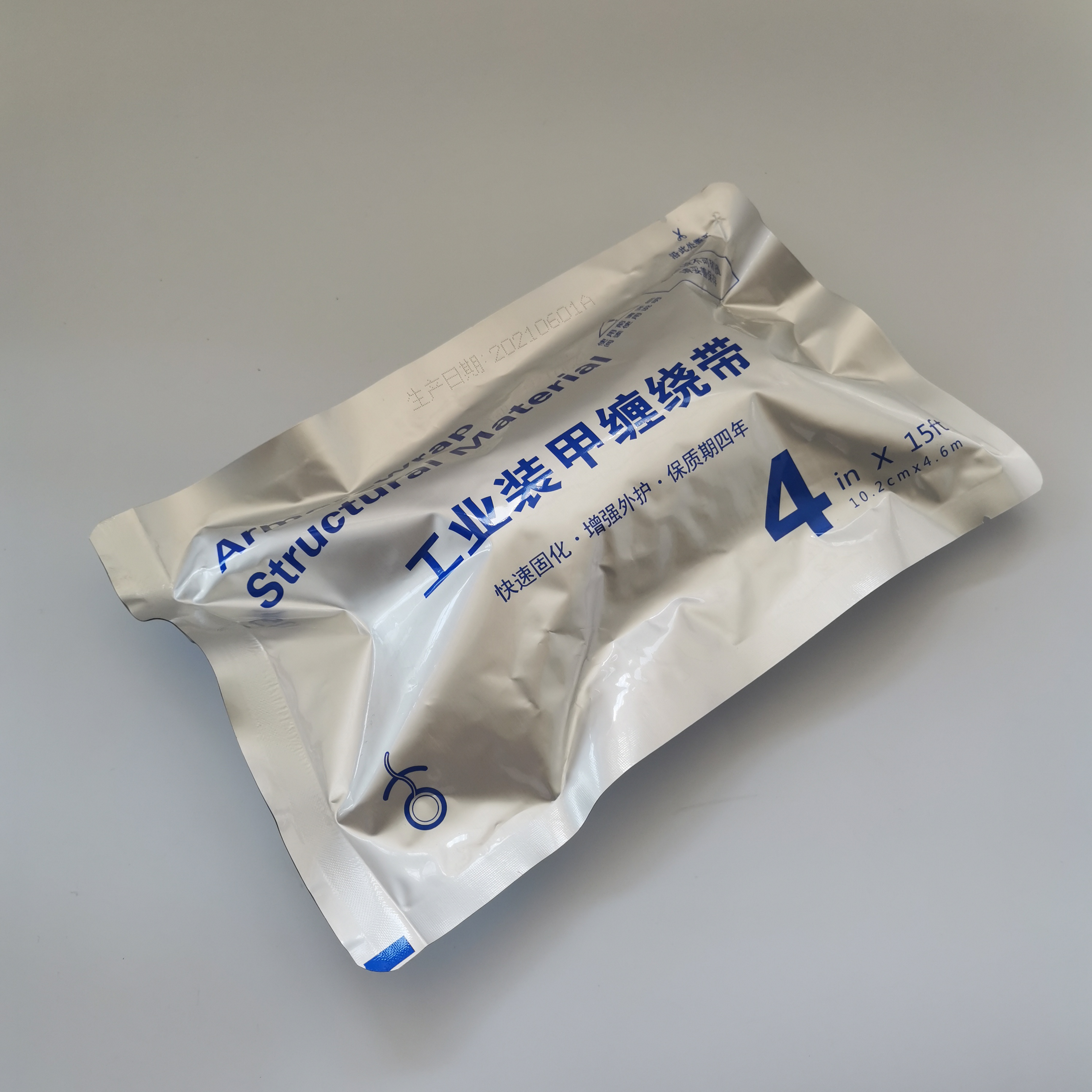The Versatile Uses of Rubber Splicing Tape
Rubber splicing tape is a versatile and indispensable tool in various industries and applications, known for its exceptional properties that make it ideal for electrical and mechanical bonding tasks. This unique tape is a type of self-fusing elastomeric tape that adheres to itself when stretched, making it particularly useful for insulating, protecting, and repairing electrical wires, cables, and other equipment. In this article, we will explore the various uses of rubber splicing tape, highlighting its applications across different sectors.
Electrical Insulation
One of the primary uses of rubber splicing tape is in electrical insulation. The tape offers excellent dielectric properties, which protect wires and cables from moisture and contaminants. Electricians and technicians often use it to wrap and insulate splices in wiring, providing a reliable barrier against electrical faults, corrosion, and short circuits. Its ability to conform to irregular shapes also makes it ideal for bundling wires and providing extra shielding where needed.
Cable Repair
Rubber splicing tape is invaluable for repairing damaged cables. Whether it’s a tear in the insulation of an outdoor extension cord or a frayed electrical line in machinery, this tape can restore the integrity of the cable. By stretching and wrapping the tape around the repair area, a tight, waterproof seal is created that protects the underlying wires. This not only extends the life of the cable but also ensures safety by preventing potential electric shocks.
Automotive Applications
In the automotive industry, rubber splicing tape plays a crucial role in cable management and repair. Technicians use it to insulate electrical connections in vehicles, ensuring that all wiring remains protected from moisture and abrasion. It is also used to bundle and protect wiring harnesses, preventing wear and tear over time. Its high-temperature resistance allows it to function effectively in the engine bay, a critical area where heat can degrade other types of insulation materials.
rubber splicing tape uses

HVAC Systems
Heating, ventilation, and air conditioning (HVAC) systems also benefit from the use of rubber splicing tape. It is often applied to insulate ductwork, joints, and fittings, helping to maintain energy efficiency by preventing heat loss or gain. Moreover, it can be used to repair or seal leaks in duct systems, contributing to improved system performance and lower energy costs.
Marine and Outdoor Applications
For marine and outdoor applications, rubber splicing tape proves to be especially useful due to its water-resistant and UV-resistant properties. It is commonly used to protect electrical connections on boats and outdoor equipment from moisture and sun damage. By wrapping connections with this tape, boat owners can prevent corrosion and ensure that electrical systems function optimally, even in harsh environmental conditions.
Industrial Uses
In industrial settings, rubber splicing tape is often employed for machinery maintenance. It provides a quick and effective solution for securing hoses, wires, and other components that may become loose over time. The tape’s self-fusing nature allows it to create a permanent bond without the need for additional adhesives, making it an efficient choice for on-the-spot repairs. Additionally, it can be used to wrap tools and equipment to create a nonslip grip, enhancing safety during operation.
Conclusion
In conclusion, rubber splicing tape is an exceptionally useful product with a wide range of applications across various fields. Its properties—such as electrical insulation, flexibility, water resistance, and durability—make it a favorite among professionals in electrical, automotive, HVAC, marine, and industrial contexts. Whether you are a DIY enthusiast or a professional tradesperson, having rubber splicing tape in your toolkit can ensure that you are equipped to handle a variety of tasks effectively. As technology continues to evolve, the formulation and applications of rubber splicing tape may expand, solidifying its position as a staple in both everyday repairs and specialized applications.
-
XIANGFAN Rubber Tape-Ultimate Solutions for All Your Insulation NeedsNewsJun.24,2025
-
XIANGFAN Rubber Tape-Protection for Industrial and Residential ApplicationsNewsJun.24,2025
-
XIANGFAN Rubber Tape: Superior Safety and Sealing for Demanding EnvironmentsNewsJun.24,2025
-
XIANGFAN Rubber Tape: Reliable Solutions for Every Electrical ChallengeNewsJun.24,2025
-
XIANGFAN Electrical & Industrial Tape: Powering Reliability Across IndustriesNewsJun.24,2025
-
XIANGFAN Electrical & Industrial Tape: Excellence in Every ApplicationNewsJun.24,2025
